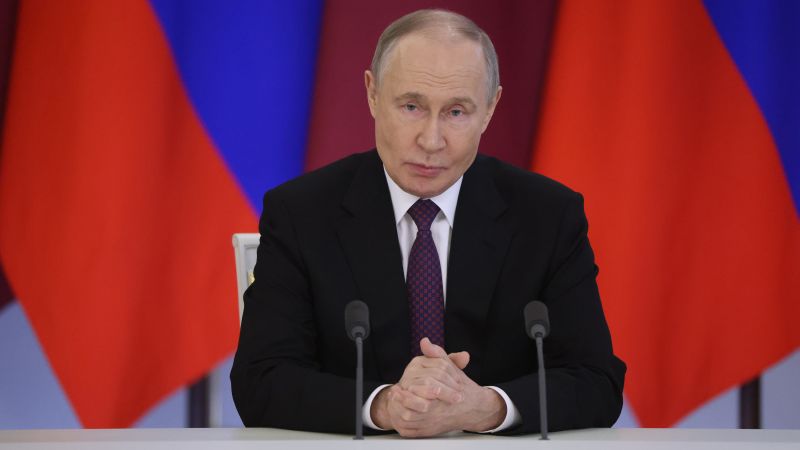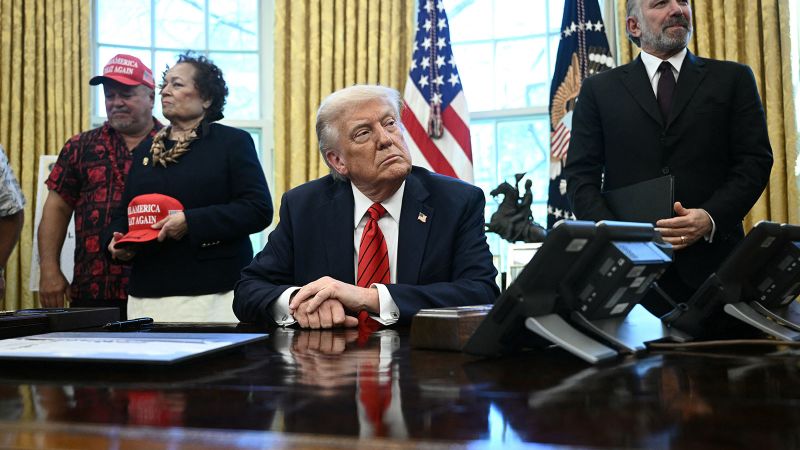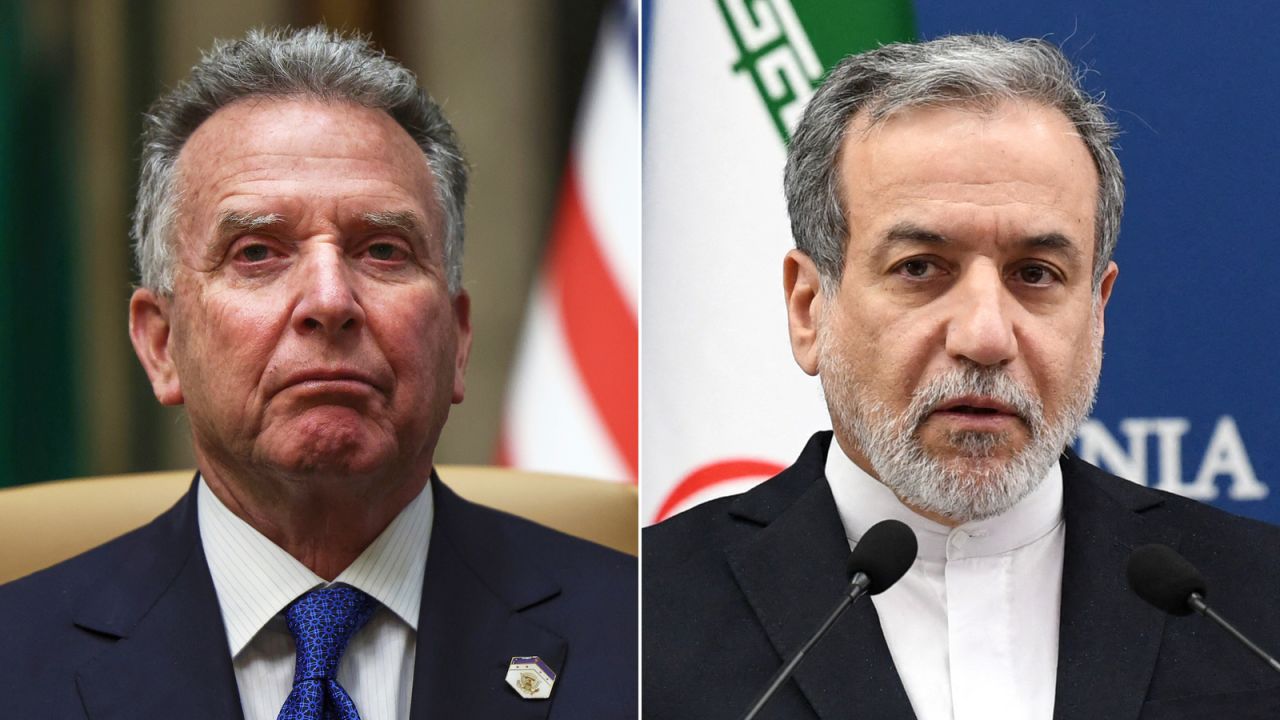CNN
—
Yes — they’re still available.
If you’re worried that there are no more towns in Italy left selling homes for one euro, or a little over a dollar, don’t be.
One town that’s been low key selling homes for the price of a coffee is about to release another tranche of real estate — and the process is even better for buyers than what you might be used to.
No deposit guarantee is needed as downpayment to secure a dilapidated dwelling. All that’s required is your commitment to restyling it.
Penne, located in Italy’s central region of Abruzzo, midway between the Adriatic coast and the Gran Sasso mountain range, is selling off abandoned homes for the price of an espresso in an attempt to stop depopulation.
Since the program began in 2022, six homes have been sold, mostly to Italians. The next tranche of “a handful” of properties will soon be up for grabs “in the next couple of weeks” according to the mayor — and it looks like there’ll be more to follow.
“There are potentially over 40 empty buildings in town looking for new owners, and they’re all located in the historical center which has been declining since families started emigrating decades ago,” Penne’s mayor Gilberto Petrucci tells CNN Travel.
“Although our total population is roughly 1,200 inhabitants, there are only 1,000 people left living in our gorgeous old district, which risks becoming a ghost town.”
Rehabilitating the abandoned homes
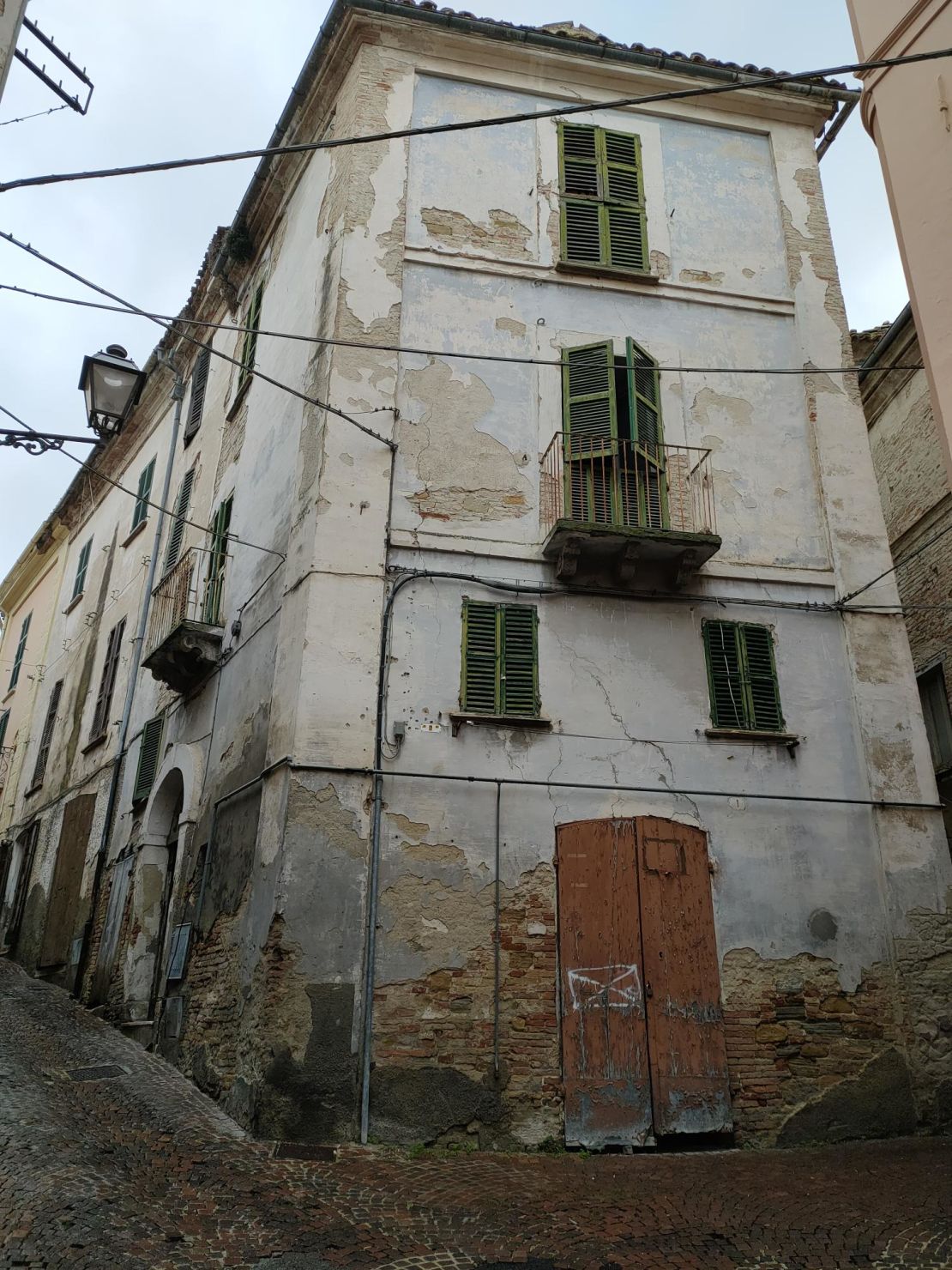
Born and raised in Penne, Petrucci felt he had to do something to breathe new life into the ancient heart of his hometown before it was too late: “It just hurts me so much to see these houses just lying there abandoned. It’s a like a wound.”
The first three one-euro homes were sold in 2022. The second batch of three went at the end of last year.
The latest tranche is composed of the same kind of houses as those that have been sold before: mostly old, some dating back to medieval times with further improvements made during the Renaissance, says Petrucci, although two recent examples that were sold were both built in the early 1900s. They’re up to three stories and range from around 750-1,300 square feet.
According to Petrucci most of these old homes once belonged to local farming families who fled in search of a brighter future elsewhere — particularly after World War II, when bombings destroyed a large chunk of the town’s architectural heritage.
There was a further wave of emigration in the 1970s when families left for the US, Belgium and Venezuela, and to nearby larger towns and cities to work in factories.
The historical center of Penne is located in a panoramic position spread across two hills, and is made of a maze of arched stone portals and lavishly decorated monumental fountains.
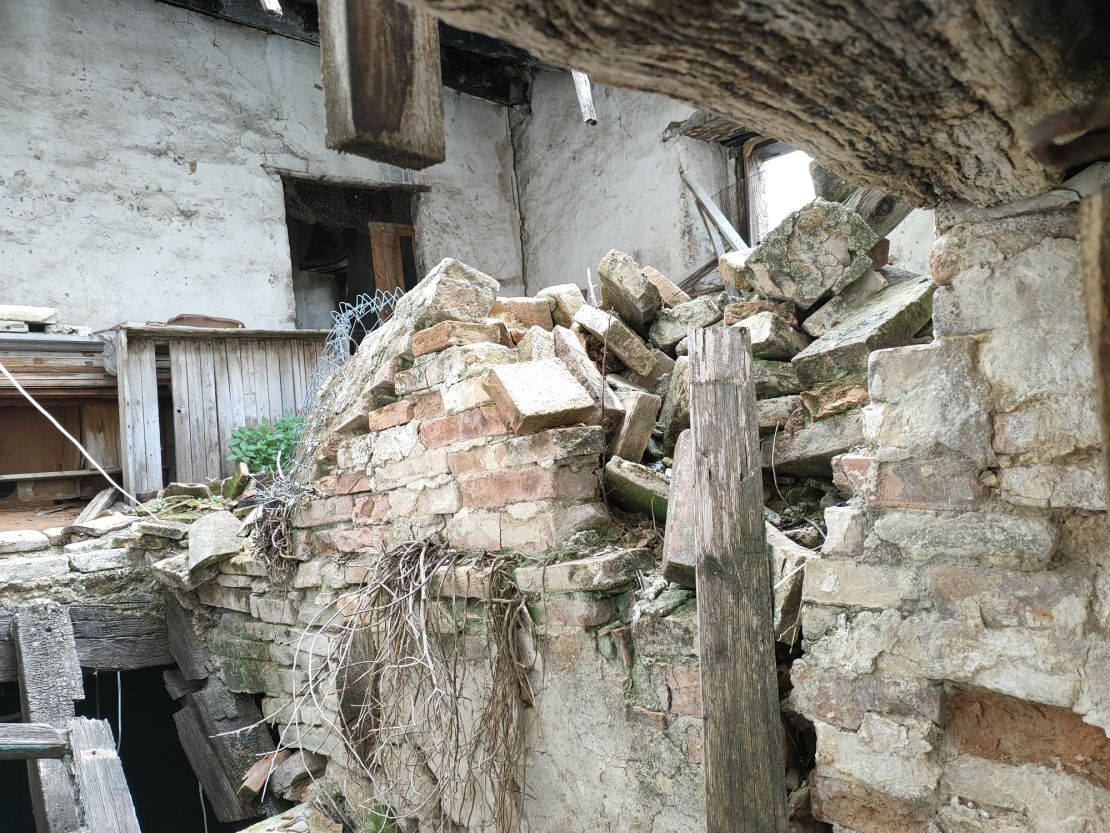
Unlike most towns selling homes for a song, Penne has introduced more lenient rules for buyers, says Petrucci.
“The only requirement is that buyers commit to restyling these houses in three years, but we ask for no downpayment guarantee to start the works. We really want to encourage and support those who come to revive the ancient neighborhood,” he says.
Most one-euro homes programs require buyers to pay a deposit of between 2,000 to 5,000 euros ($3,000 to $5,250), which is returned if and when the works are completed.
Another winning asset of Penne’s program is an agency that helps buyers throughout the restyle.

“We have a team of architects and experts who may advise and support in the renovation works, finding builders and surveyors, showing buyers through renderings what their home will look like once fixed and advising throughout the renovation stages,” says Petrucci.
The starting cost for a basic restyle of a small-medium size house is in the range of 20,000 euros ($21,000), according to the mayor.
If there’s a scramble for the homes, with multiple buyers interested in the handful of houses for sale, the properties will be sold to the person with the best — and fastest — renovation plan, he said.
And if you’re not in the mood to plan renovations, there are plenty of turnkey homes on the market, as well as those in need of minimal work. Already inhabitable houses start from 40,000 euros ($42,000).

Petrucci defines his hometown’s old district as “an open-air museum” where the architecture is a mix of medieval, gothic and renaissance styles.
“We have a glorious past,” he says. “Penne boasts millennial roots which have left signs on its landscape. The first traces of prehistoric settlements date back to the Oschi, an Italic population that lived in the highlands to defend themselves from their enemies.”
Under Roman occupation, Penne was called Pinna. It was a vital point in the communication and goods exchange networks of the time, as proven by Roman sculptures, jewelry and chairs still on show in the local museum.
Its hilltop location makes it close to both Abruzzo’s Adriatic beaches and gentle slopes for skiing amateurs.
The town holds a yearly picturesque Palio, a horse race through the alleys, which recalls the more famous event in Siena, Tuscany.
All sorts of cereals are grown in the surrounding countryside: spelt, corn, barley and the renowned durum wheat to make pasta. Foodies love the local extra virgin olive oil and wines like the rosé cerasuolo and white trebbiano d’Abruzzo.
Traditional dishes include the pie-style timballo (which slightly resembles a lasagna), maccheroni alla chitarra, a special type of handmade pasta shaped like guitar strings, and savory arrosticini, grilled skewers of mutton and kidney.

Italy is of course arguably the world hub of one-euro homes programs, largely in the south of the country.
Sicily is the epicenter, with some of the longest running programs. Perhaps most famous of all is Mussomeli, in the center of the island. The town has seen a huge influx of foreigners since it launched the scheme, with Argentinian doctors filling the hospitals, and some people loving the experience so much that they’ve bought another property.
Across the hills from Mussomeli is Cammarata, where a one-euro sale program is run by young locals who returned home during the pandemic.
Sambuca, also in Sicily, is another town loved for its one-euro houses, which put up another batch for sale last year. Now even Italians are getting in on the act.
Many potential buyers would be concerned about spoiling Sicilian culture. Here’s how to buy a home responsibly.
And if you’re curious about what happened to buyers once the media spotlight had faded, we’ve spoken to a few here and here.
Meanwhile another one-euro home program can currently be found on another Italian island: Sardinia.

